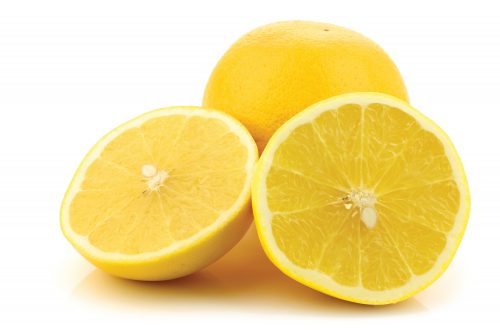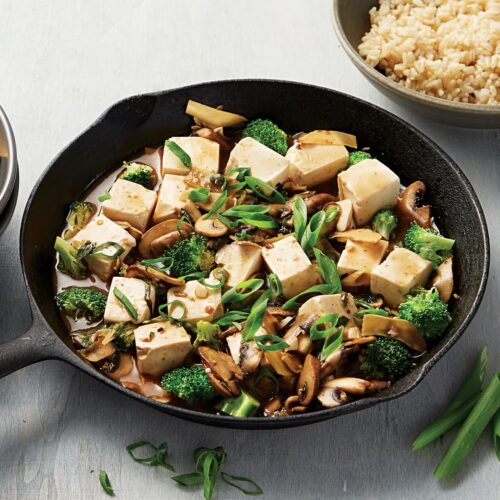
The grapefruit grown in New Zealand is not actually a true grapefruit — the New Zealand climate is too cool to grow the real fruit.
Commonly called Poorman’s Orange, the New Zealand grapefruit is actually a hybrid of unknown origins, possibly related to the tangelo.
New Zealand grapefrut are round and fragrant with a thick waxy skin. The pale orange-yellow flesh is juicy and segmented like an orange. Grapefruit grown elsewhere in the world come in a variety of colours ranging from yellow to ruby red and tend to be more acidic than the New Zealand variety.
Buying
Choose fruit that is firm but springy with smooth skin devoid of marks. Soft, damaged fruits will go off quickly.
Storing
Grapefruit can be kept at room temperature but will keep for up to three weeks in the fridge. The whole fruit will not freeze well, although the juice and rind can be frozen.
Nutrition
Grapefruit are low in kilojoules and are a great source of vitamin C, to boost immunity and enhance iron absorption.
Using
Always wash grapefruit before use to remove any dirt or pesticides.
- Cut in half and serve with low-fat yoghurt with your breakfast.
- Cut segments to add to salads. Grapefruit complements avocado and seafood.
- Dice with avocado, tomato and coriander for an easy salsa.
- Mix with soda water and mint for a refreshing cold beverage.
- Sprinkle with sugar and cinnamon then grill.
- Serve with ricotta cheese.
- Save the rind to flavour baking or freeze in ice-cube trays with water to add to cold drinks.
Did you know? Grapefruit reacts with some medicines and can lead to adverse effects or toxicity. Grapefruit is named for the way it grows, hanging in clusters similar to grapes.
www.healthyfood.com










